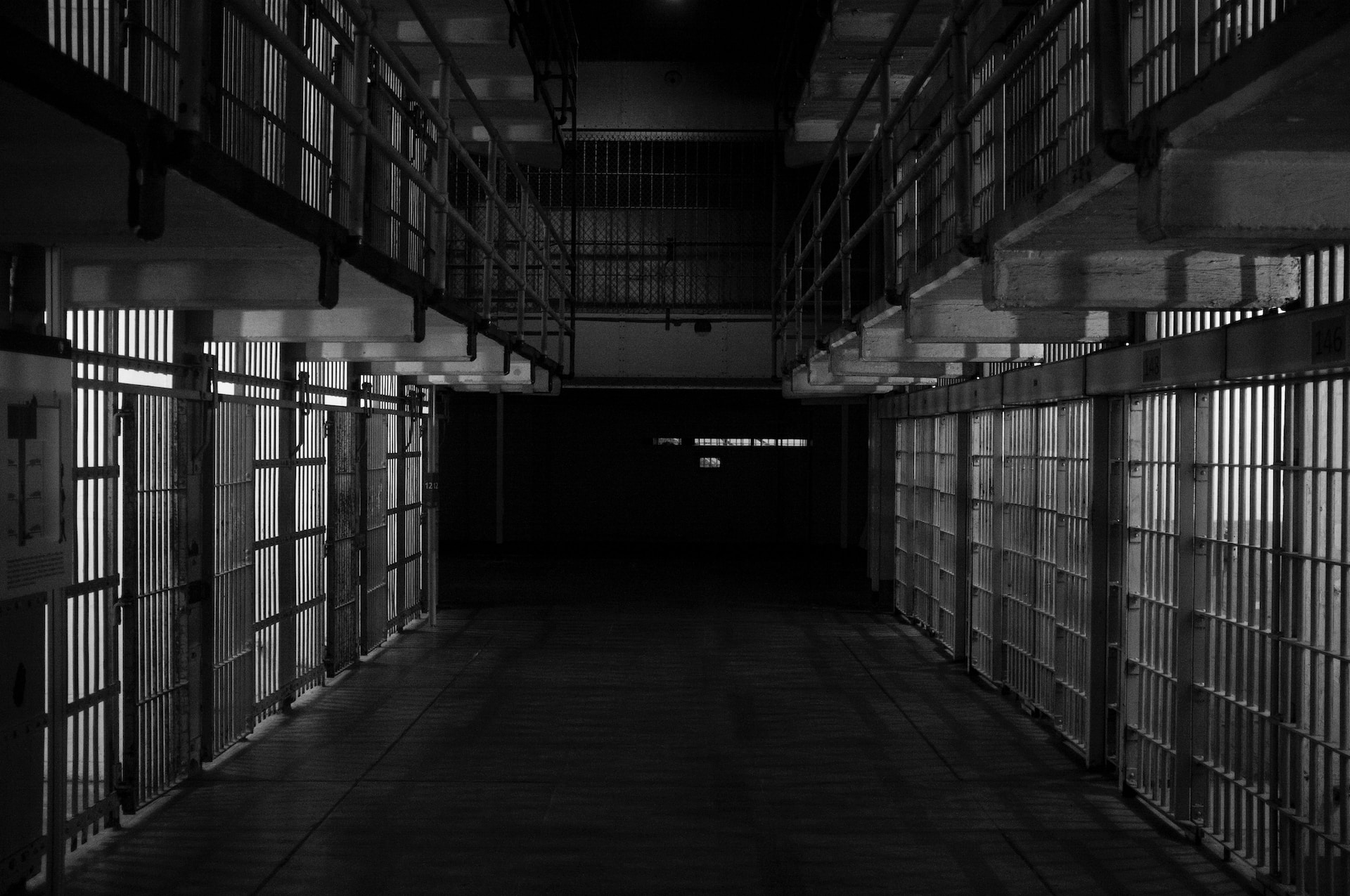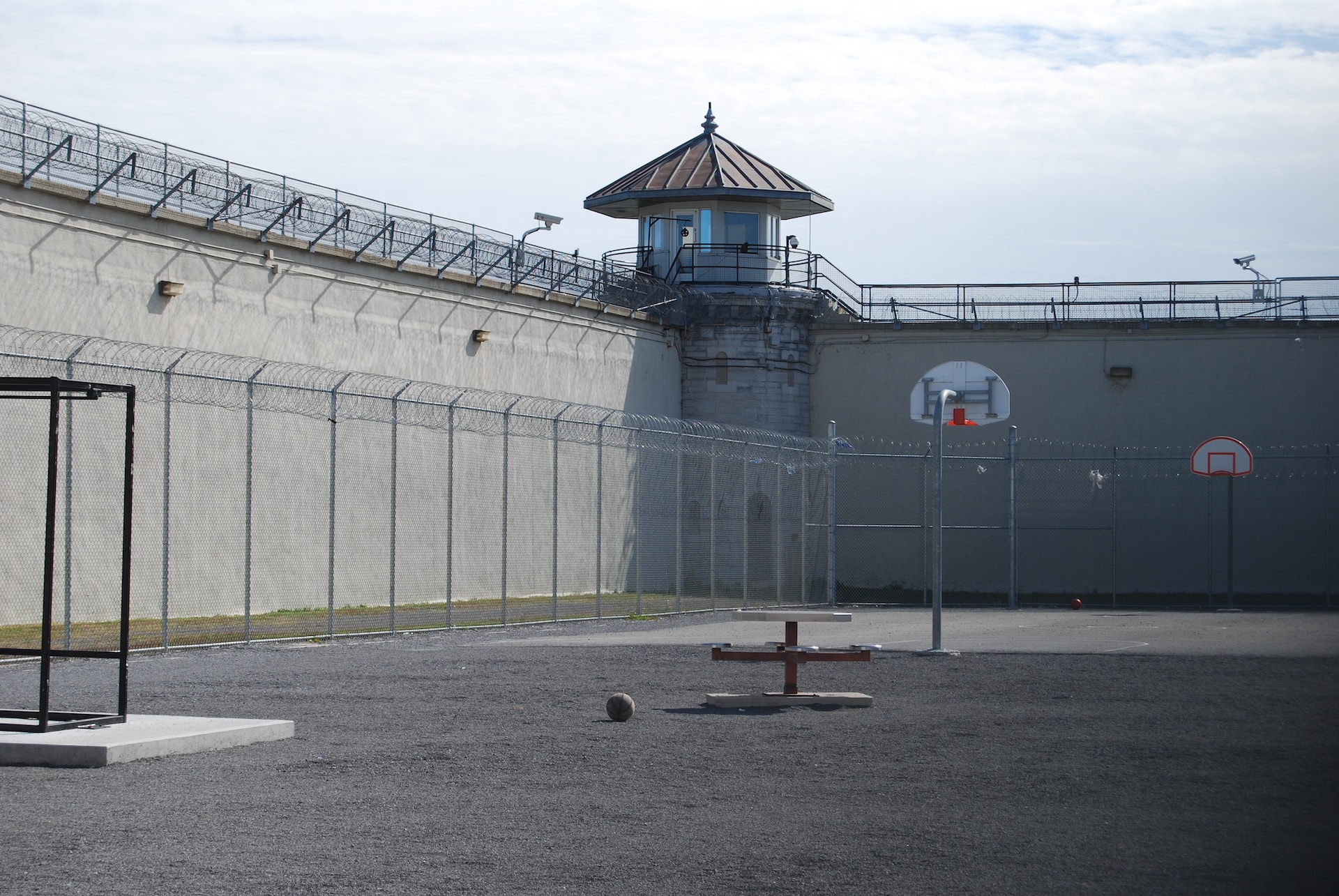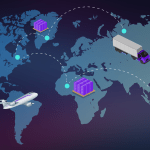Prison security is a topic of paramount importance, as it lies at the heart of criminal justice systems worldwide.
The task of ensuring the safety of inmates, staff, and society at large while maintaining order within the confines of correctional facilities is an intricate and multifaceted challenge. The complex world of prison security uncovers a host of challenges that correctional institutions face.
Overcrowding and Resource Constraints
One of the most pressing challenges in the realm of prison security is the issue of overcrowding. Prisons, often operating beyond their intended capacities, strain both physical infrastructure and personnel resources. The U.S. federal prison security levels, ranging from minimum to maximum, are determined based on factors such as the inmate's criminal history and the potential risk they pose to society. Overcrowding leads to a host of security concerns, such as increased tensions among inmates, reduced supervision, and difficulties in separating violent offenders. We will examine the consequences of overcrowding and how it impacts the security measures that institutions can implement.
Contraband and Smuggling
Contraband, including drugs, weapons, and cell phones, poses a constant threat to prison security. Despite stringent measures in place to prevent smuggling, contraband continues to infiltrate correctional facilities.
- Ingenious Methods by Inmates: Inmates often resort to creative and covert methods to smuggle contraband into prisons, such as concealing items in body cavities, using drones for aerial drops, or manipulating visitation privileges to pass contraband to others.
- Staff Vigilance and Detection Techniques: Prison staff continually adapt their surveillance and detection techniques to stay ahead in the battle against contraband. This includes the use of body scanners, drug-sniffing dogs, and advanced search procedures during inmate and visitor entry.
- Corruption and Insider Complicity: An ongoing challenge is the potential involvement of corrupt staff or visitors in the smuggling process. Investigations into internal complicity are essential to maintain prison security and prevent contraband from entering the facilities.
- Policy and Legislative Measures: Authorities are continually reviewing and updating policies and legislation related to contraband and smuggling to enhance security. This includes harsh penalties for those caught smuggling, as well as efforts to reduce demand for contraband through rehabilitation and support programs for inmates.
Gang Activity and Violence
Gang activity within prisons is a persistent challenge that jeopardizes the safety of both inmates and staff. Inmates affiliated with gangs often engage in violence, extortion, and drug trade, further complicating security efforts. One of the key strategies used to address gang activity and violence within U.S. federal prison security levels is the practice of gang segregation. Inmates affiliated with different gangs are often housed separately to minimize the potential for conflict.
However, this approach has its limitations, as it can reinforce gang identities and loyalties, leading to continued violence and animosity. In recent years, there has been a shift towards more comprehensive programs aimed at gang disengagement and reintegration.
Technological Advancements and Privacy Concerns
Surveillance cameras, biometric access control, and data analytics have been deployed to monitor inmates and detect security breaches. However, this integration of technology raises critical privacy concerns.
- Surveillance Camera Networks: Modern prison facilities rely on extensive surveillance camera networks to monitor inmate activity and detect security breaches. However, questions arise about the extent of surveillance and the potential invasion of inmate privacy.
- Biometric Access Control: Biometric systems, such as fingerprint or iris scans, are used for access control. These raise concerns about the collection and storage of biometric data and the potential for misuse.
- Data Analytics and Predictive Policing: Data analytics are employed to identify patterns of inmate behaviour. The ethical question here pertains to the accuracy of predictions and whether they might lead to unjust punitive measures.
- Privacy Safeguards and Transparency: Maintaining a balance between technological innovation and respecting civil liberties necessitates robust privacy safeguards and transparency. This includes clear policies on data retention, access, and disclosure, as well as regular audits to ensure compliance with legal and ethical standards.
Guarding Against External Intrusions
The pursuit of escape is a constant challenge within the realm of external threats and prison security. Inmates often employ ingenious methods to breach perimeter defences, exploiting any vulnerabilities they can find. From crafting makeshift tools to bypassing electronic security systems, their resourcefulness knows few bounds. In some cases, prisoners even attempt coordinated efforts to overpower guards during transportation, emphasizing the need for continuous vigilance.
To counter these external threats, prison authorities have implemented a combination of physical barriers and technology. High fences topped with razor wire, surveillance cameras, motion sensors, and drone detection systems form part of the arsenal to thwart escape attempts. However, achieving the right balance between security measures and respecting the human rights of inmates is an ongoing challenge. The need to ensure secure confinement must be weighed against the principles of humane treatment and rehabilitation.
Long-Term Security through Reintegration
Ultimately, the most effective form of prison security lies in reducing recidivism rates. The successful reintegration of inmates into society not only benefits the individuals but also contributes to public safety. Correctional facilities offer various educational and vocational programs to equip inmates with skills that can enhance their employability upon release. These programs aim to reduce recidivism by providing inmates with opportunities for personal growth and self-improvement.
- Substance Abuse Treatment: Many inmates struggle with substance abuse issues, which can contribute to criminal behaviour. Providing comprehensive substance abuse treatment within prisons addresses the root causes of criminality and helps individuals break free from the cycle of addiction.
- Mental Health Support: A significant portion of the inmate population faces mental health challenges. Proper diagnosis and treatment of mental health issues are crucial not only for the well-being of inmates but also for reducing the risk of reoffending upon release.
- Community Reentry Programs: Preparing inmates for successful reintegration into society involves community reentry programs that connect them with support networks, housing, and employment opportunities upon release. These programs facilitate a smoother transition and reduce the likelihood of returning to criminal activities.

From external threats to the delicate balance between technology and privacy, and the overarching goal of rehabilitation, addressing these complexities is crucial for the safety of inmates, staff, and the broader community. Effective prison security necessitates a combination of robust policies, well-trained personnel, innovative technologies, and a commitment to rehabilitation. By addressing the multifarious issues in prison security, society can aspire to a fairer and more secure correctional system, one that upholds justice while fostering rehabilitation and reducing recidivism.










